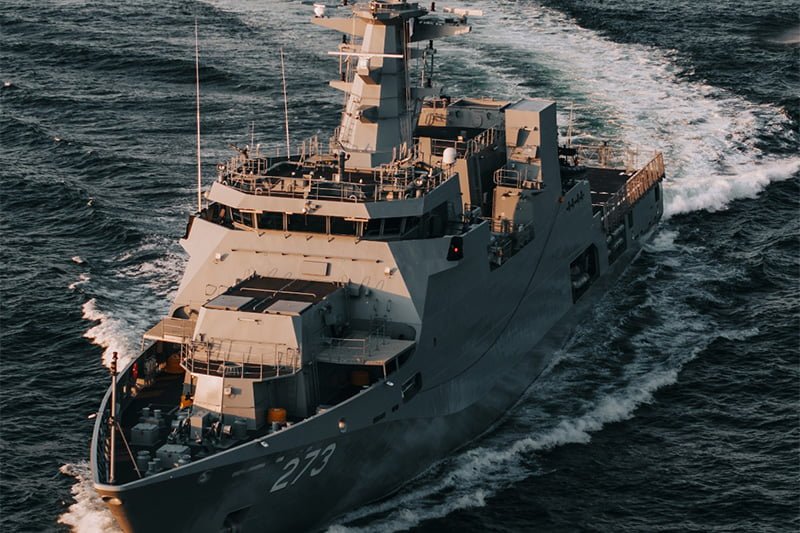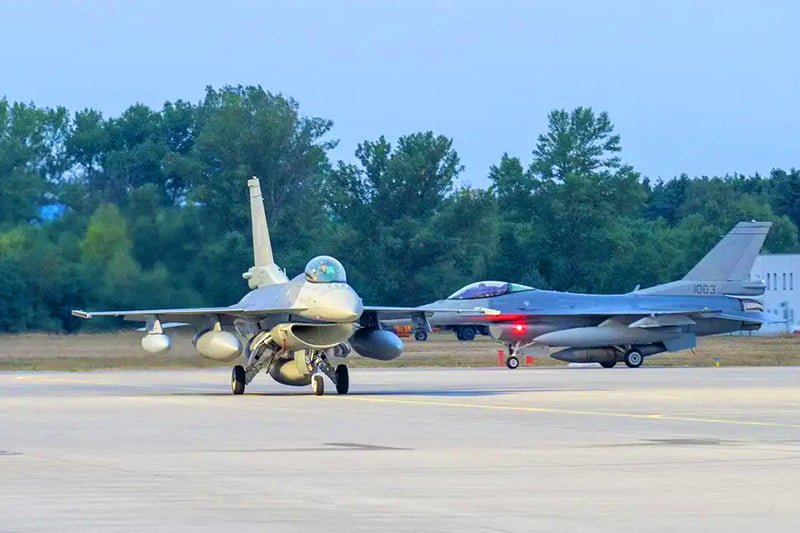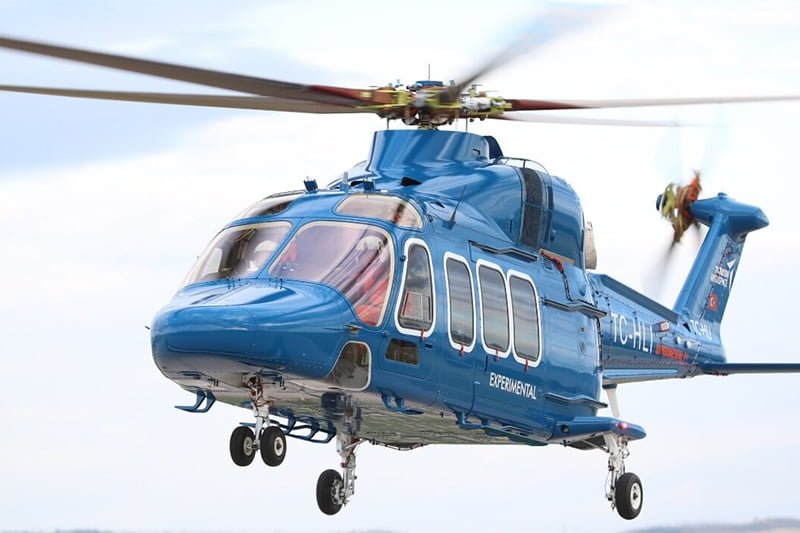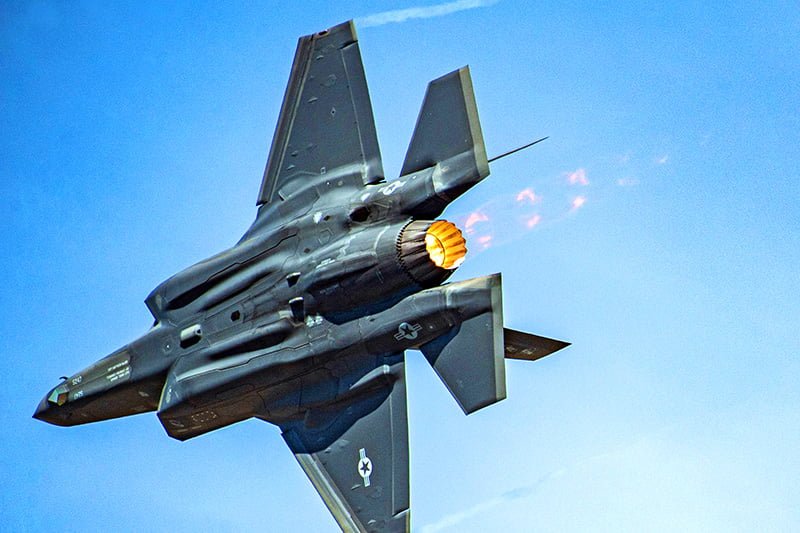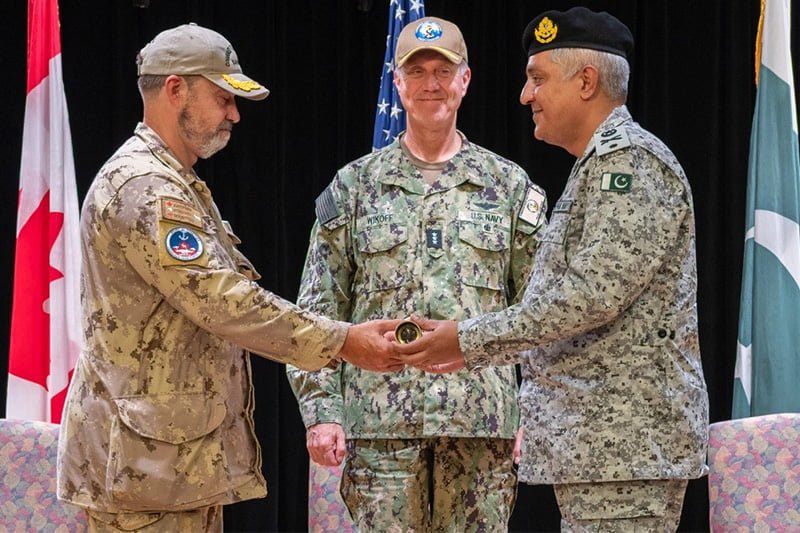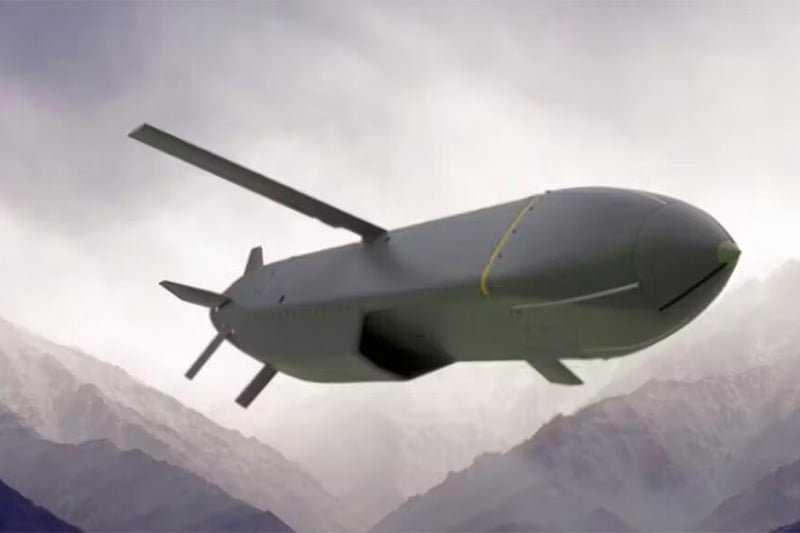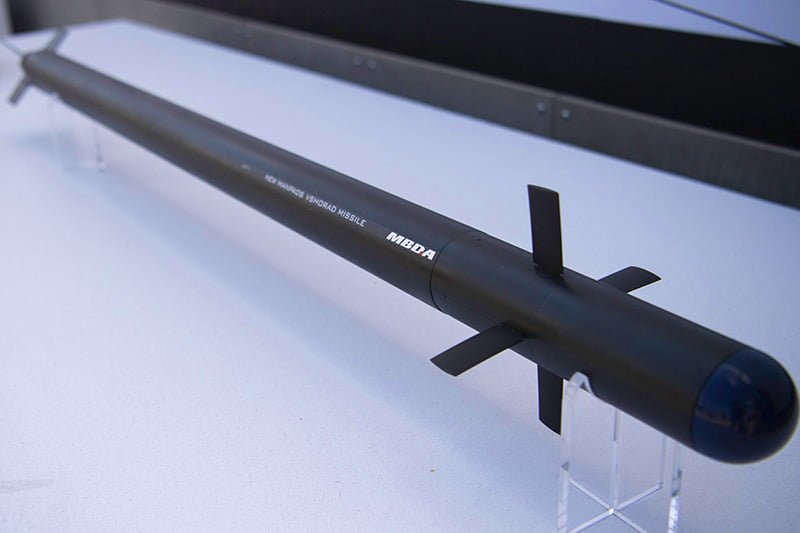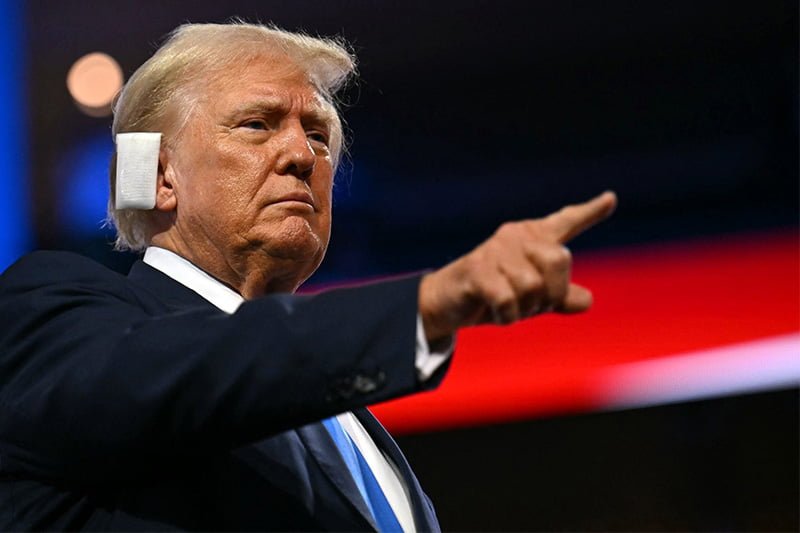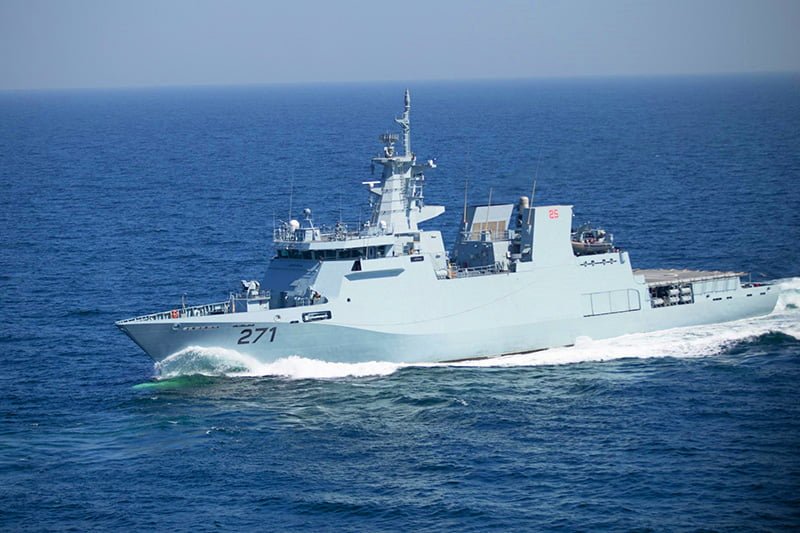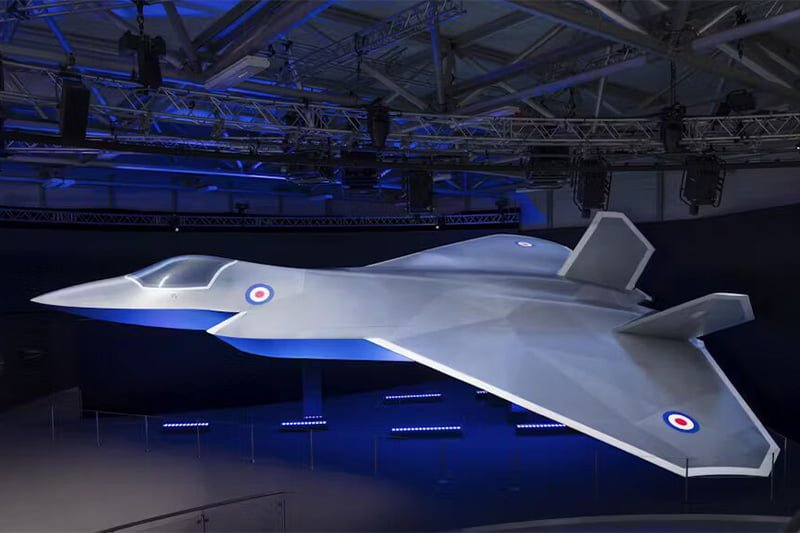India and China’s Rivalry: Developing Light Tanks for High Altitude Warfare
Tensions between India and China persist as they compete to align light tanks adapted to high altitude battlefields. In a Business Insider article by Benjamin Brimelow titled “India and China’s Rivalry: Developing Light Tanks for High Altitude Warfare,” it is revealed that both countries continue to strengthen their military forces and infrastructure in border hotspots, despite multiple rounds of unsuccessful talks on disengagement. China has gained an early advantage by deploying light tanks capable of maneuvering in mountainous terrains and rapidly deploying in large numbers. This deployment has exposed the limitations of India’s armored inventory, which heavily relies on main battle tanks unsuitable for high altitudes. As a result, India is now planning to develop its own light tank to restore the balance.
The development of light tanks is crucial for both India and China due to the specific challenges posed by the difficult terrains that separate them, especially for main battle tanks. The low air pressure at high altitudes hampers tank engine performance, and freezing temperatures necessitate soldiers turning on their armored vehicles for up to 30 minutes every two or three hours to prevent engine components from freezing.
China has responded to these challenges by deploying the Type 15 light tank, a modern and versatile vehicle designed to operate effectively in highland/plateau, woodland, and water-rich regions. Unlike heavier main battle tanks like the Type 99 and Type 96, which struggle in the hypoxic environment, the Type 15 light tank can operate at high altitudes due to its powerful engine and oxygen generators. Its lightweight construction and high power/weight ratio provide enhanced mobility.
Equipped with advanced weaponry and modern electronics, including a 105 mm rifled gun, a remotely operated heavy machine gun, and a 40 mm automatic grenade launcher, the Type 15 is a formidable force. It can reach impressive speeds both on paved roads and off-road. The tank’s standard steel construction is reinforced with explosive reactive armor blocks, and it can be equipped with an active protection system. With an estimated 500 Type 15 tanks in service, China has established its dominance in this domain.
Read this: Pakistan’s Haider Main Battle Tank
In contrast, India has been without a light tank since retiring its Soviet-designed PT-76 in 1989. Its current main battle tanks, such as the T-90S Bhishma, T-72M1 Ajeya, and Arjun series, were primarily acquired with the threat from Pakistan in mind and are better suited for open plains and deserts. However, the clash in Ladakh in 2020 prompted India to renew efforts to acquire a light tank. The Indian Ministry of Defense initiated “Project Zorawar” and sought information from the industry regarding the production of 350 light tanks weighing no more than 25 tons.
Initially considering purchasing the 2S25 Sprut-SDM1 from Russia, India expressed a preference for developing a domestically designed tank. In late 2022, the Ministry of Defense approved the purchase of 315 tanks, potentially rising to nearly 700 tanks. Indian multinational company Larsen & Toubro was chosen as the development partner, and the contract for the first prototype was awarded. The prototype will feature an 800-horsepower engine from a German subsidiary of Rolls-Royce and a 105mm gun turret made by John Cockerill of Belgium. The first tanks are expected to be ready for trial testing by the end of this year, with an initial order of 59 units.
As India and China engage in the race to develop light tanks suitable for high altitude warfare, their strategic competition escalates. The outcome of this rivalry, highlighted in the article “India and China’s Rivalry: Developing Light Tanks for High Altitude Warfare,” will have significant implications for future conflicts in the challenging terrains of the Himalayas. Both nations are determined to enhance their military capabilities and ensure they are well-prepared for any potential confrontations in the high altitude regions.


